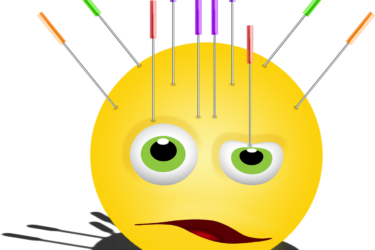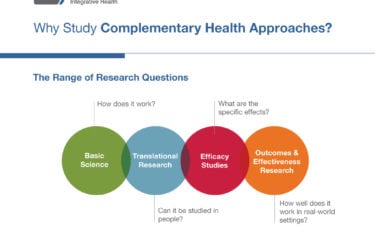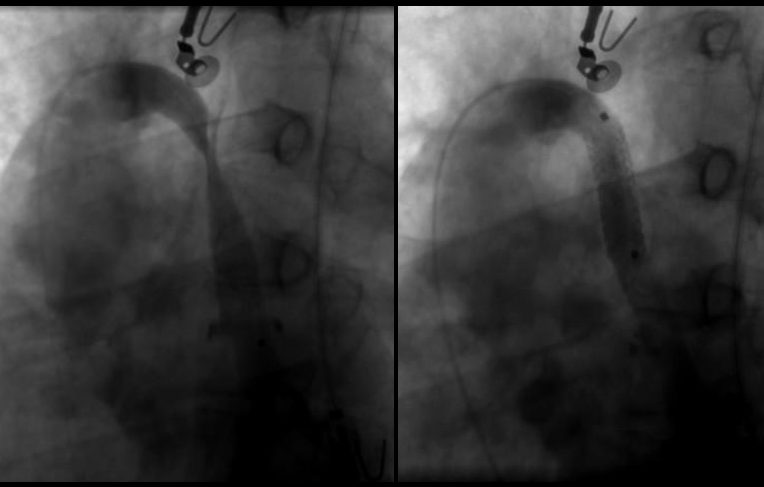Tag: Tooth Fairy science

Biofield Tuning: Another Example of Tooth Fairy Science
Biofield tuning uses tuning forks to assess the health of clients. This study of inter-rater agreement is a prime example of Tooth Fairy science.

Do Acupuncture Points Exist? Can Acupuncturists Find Them?
Acupuncturists do a systematic review and reveal they can't reliably locate acupoints. No wonder: they don't exist.

NCCIH has a new director, and she’s a true believer in acupuncture.
Helene Langevin has been named the new director of the National Center for Complemenary and Integrative Health. Given her history of dodgy acupuncture research, my prediction is that the quackery will flow again at NCCIH, the way it did in the 1990s when Tom Harkin zealously protected it from any attempt to impose scientific rigor.

Update on CCSVI and Multiple Sclerosis
In 2009 CCSVI was proposed by Italian vascular surgeon, Dr. Paolo Zamboni – that multiple sclerosis (MS) is caused by chronic blockage of the veins that drain the brain. Since that time we have seen the evolution of a medical pseudoscience. It has been a fascinating case study in how science sorts out what works and what doesn’t, and how patients, believers,...

Quackery: The 20 Million Dollar Duck
The publisher recently sent me a review copy of Quackery: The 20 Million Dollar Duck, by Tony Robertson. My first thought was “Do we really need another book on this subject? Don’t I know all this stuff already?” I was very pleasantly surprised. Robertson has ferreted out an impressive array of facts and details that I wasn’t aware of; and yes, we...
Therapeutic Touch Pseudoscience: The Tooth Fairy Strikes Again
A study out of Iran titled “Therapeutic touch for nausea in breast cancer patients receiving chemotherapy: Composing a treatment” was recently published in the journal Complementary Therapies in Clinical Practice. It is a great example of the Tooth Fairy science that permeates much of the research in complementary and alternative medicine. In Tooth Fairy science, researchers attempt to study a phenomenon without...

Acupuncture does not work for menopause: A tale of two acupuncture studies
Arguably, one of the most popular forms of so-called “complementary and alternative medicine” (CAM) being “integrated” with real medicine by those who label their specialty “integrative medicine” is acupuncture. It’s particularly popular in academic medical centers as a subject of what I like to refer to as “quackademic medicine“; that is, the study of pseudoscience and quackery as though it were real...

Consortium of Academic Health Centers for Integrative Medicine research conference disappoints even NCCAM
In May, the International Research Congress on Integrative Medicine and Health (IRCIMH) conference was held in Miami. In the words of its website, the conference was “convened by” the Consortium of Academic Health Centers for Integrative Medicine (CAHCIM), “in association with” the International Society for Complementary Medicine Research. As CAHCIM chirped in this tweet: “Three days, 22 countries, 100 academic medical institutions,...
Cranial Manipulation and Tooth Fairy Science
Tooth Fairy Science is science that studies a phenomenon that doesn’t exist. You can do studies on the Tooth Fairy; for instance, comparing how much money she leaves to kids in different socioeconomic groups. You can do studies on the memory of homeopathic water. You can do studies on the therapeutic effects of smoothing out wrinkles in the imaginary human energy field...
Frightening Breast Cancer Patients with Bad Science
No Time to Waste: Avoidant Coping Style Scrambles Circadian Rhythms in Breast Cancer Patients, warned the headline of an article in Clinical Psychiatry News. The article went on to claim Even in the earliest days following a diagnosis of breast cancer, maladaptive coping styles are associated with a disruption in circadian rhythms –which are proven in metastatic disease to be a prognostic...

